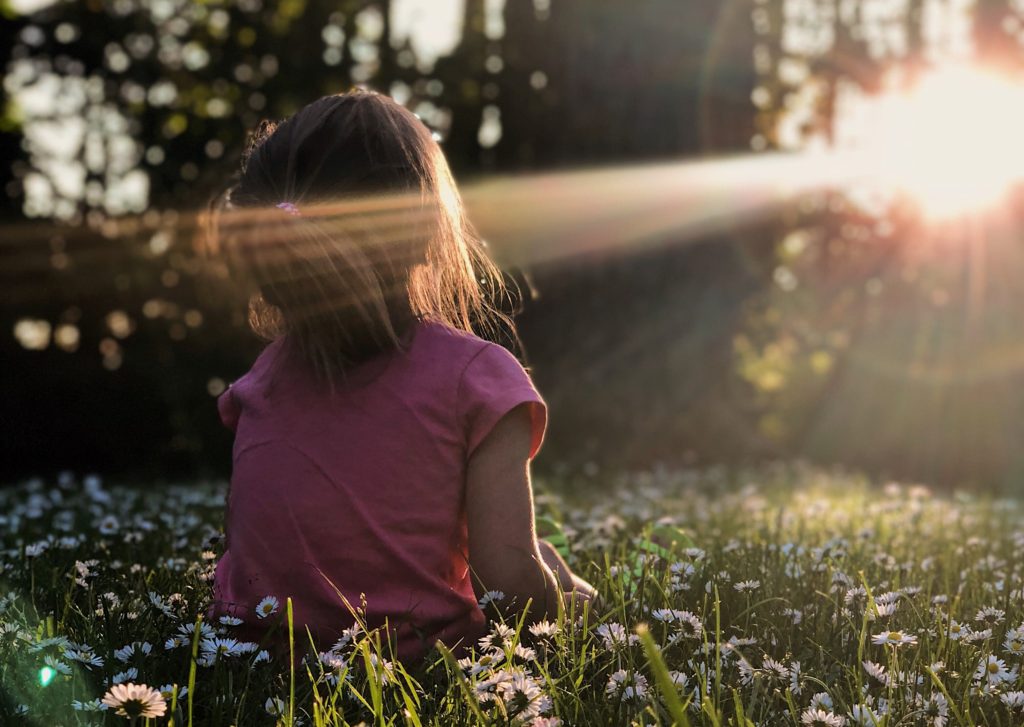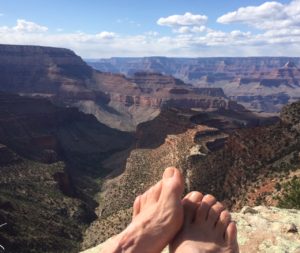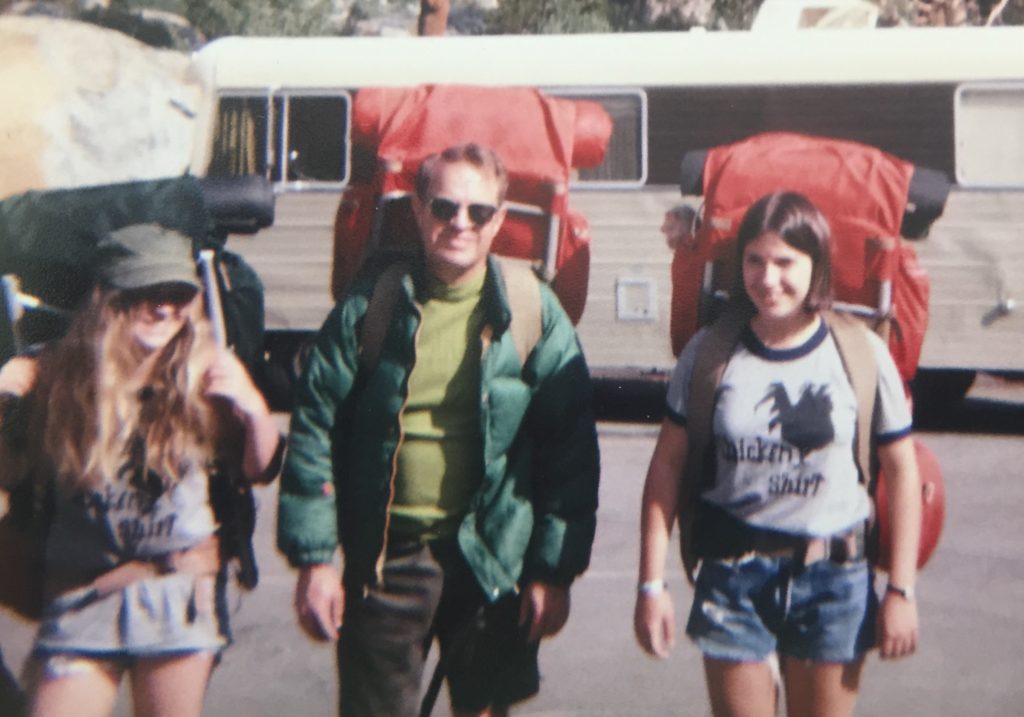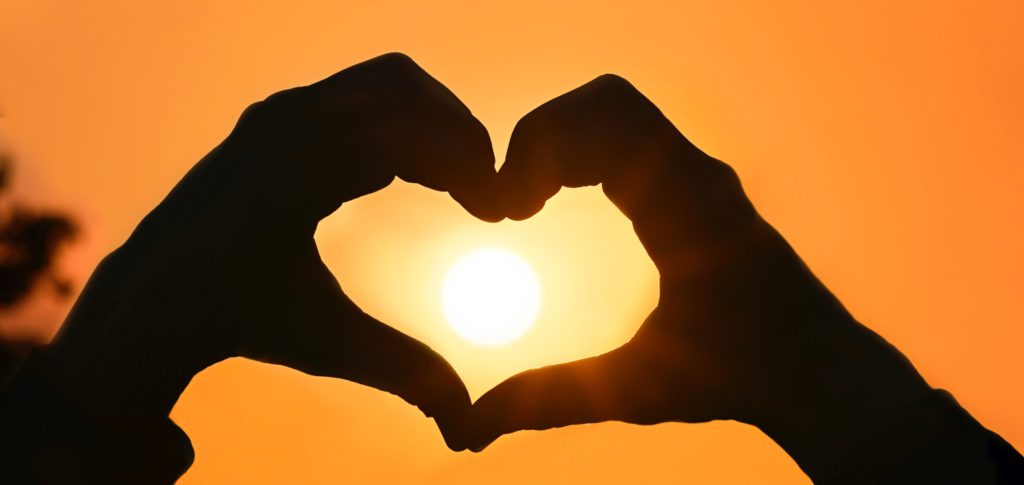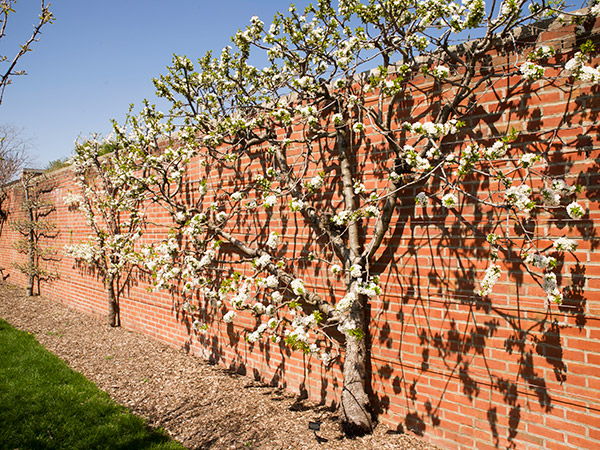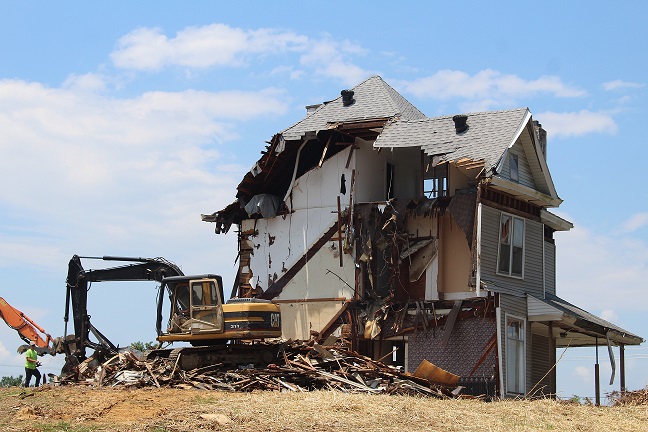The problem with living from your soul is that other people don’t like it.
Last week I wrote to you about the first healing shift I teach my clients: more soul, less façade. I gave you lots of high-falutin’ reasons why soul-based living is better than going through the façade-based motions of living.
But it’s hard at first, isn’t it? Making this shift can be hard because we’re afraid of our loved ones’ reactions. And even strangers’ reactions, to be honest. And we’re all about honesty around here.
If you’re worried about what other people will think or how other people will react when you start living from your soul and telling the truth, you’re not alone. You’re just human, with a human brain.
Culture, a web of constructed social systems, depends on its members caring what other people think. We’re taught to be nice from the cradle. Especially women living in a patriarchy.
Not only are we trained into scoping outward for approval, we’re also hard-wired internally for belonging. Our brains have evolved to fear disapproval and disconnection, because to be cast out of the group back in hunter-gatherer days was almost certainly to die. Our ancestors who cared deeply about belonging to the group lived to reproduce, while those who flouted the group norms were left to die lonely, hungry deaths on the savannah.
Hence our brains that go batshit crazy when they think we’re going to be disapproved of. Disapproval = death, at least to that part of our brains. And that part of our brain screams like a banshee.
Here’s how that shift and its accompanying fear are playing out in my own life right now. I know some of you will relate.
I’ve quit church. This goes deeper than COVID-related church attendance restrictions. I’ve begun checking the “none” box on surveys that ask about religious affiliation, because the “Christian” box no longer fits.
Leaving church has been easier during the pandemic, but the jig is about to be up. Come this fall, when it’s safe to do so, those who want to will be able to attend church in person again. I will not be among them. If history is any guide, this will be “a thing.”
I don’t know why it’s so important to members of my husband’s parish that I attend church. All I know is that when I’ve taken sabbaticals in the past, folks get worked up. I think sometimes this is just affection and concern for my welfare. But when someone I don’t even know asks Jed’s parish administrator, “Is Barb sick? I haven’t seen her lately,” something else is going on. They ask Jed where I am and if I’m okay. Parishioners see me out and about and say how much they’ve missed me. It’s a thing. Maybe it’s more of a thing in my brain than in real life. The result is the same.
My fear of others’ reaction has kept me silently complicit and out of my integrity for years now. My truth: I will no longer sit silently in the pew while God is referred to as “He,” texts are read that perpetuate violence against women, and our holy Earth is denigrated.
My husband does his heroic best to mitigate these messages with his preaching and his presence. He does as much as he can, within the constraints of his ordination. It’s no longer enough for me. Patriarchal, misogynist, dualistic language and doctrines are built into the structure of the institutional church. The institution seems unwilling to look seriously at the damage it’s done and continues to do.
I’m over it. When I imagine sitting inside a church on Sunday morning, my body feels icky – tense, hunched over, closed down. And when I imagine mountain church or river church, I feel strong, free, and peaceful. I feel happy.
Because my happiness matters to me, I choose myself and my priorities over being nice and propping up this harmful system with my presence. By the way, this is the same choice Jesus made – to speak his truth and live his integrity. His choice led him to the cross. Mine only leads to braving my own discomfort and judgment of others.
So, my friends. This shift from façade to soul with regard to church is scary for me. Jed and I have had some uncomfortable conversations. He supports my decision while also feeling the loss of my presence on Sunday mornings. More uncomfortable conversations are probably heading my way as we emerge from our Covid cocoons. And that’s okay. I can handle them, because I’m confident in my decision. My body is telling me the truth, and I believe her.
These are the trials and the rewards of integrity, of living more from my soul and less from my façade. I feel more scared, while also feeling more powerful, whole, and free. That’s how this goes.
When you make this shift and people don’t like it, that just means you’re doing it right.
PS. Want to talk more about the four healing shifts and coaching together? I offer a free, no-strings-attached clarity call. Contact me here to schedule. I’d love to connect!
PPS. My newsletter is where I share the latest updates, like new coaching offerings, classes, workshops, and easy ways to work together. I send it weekly, and I promise never to spam you or share your address. Your info is safe with me.
Photo by Melissa Askew on Unsplash

